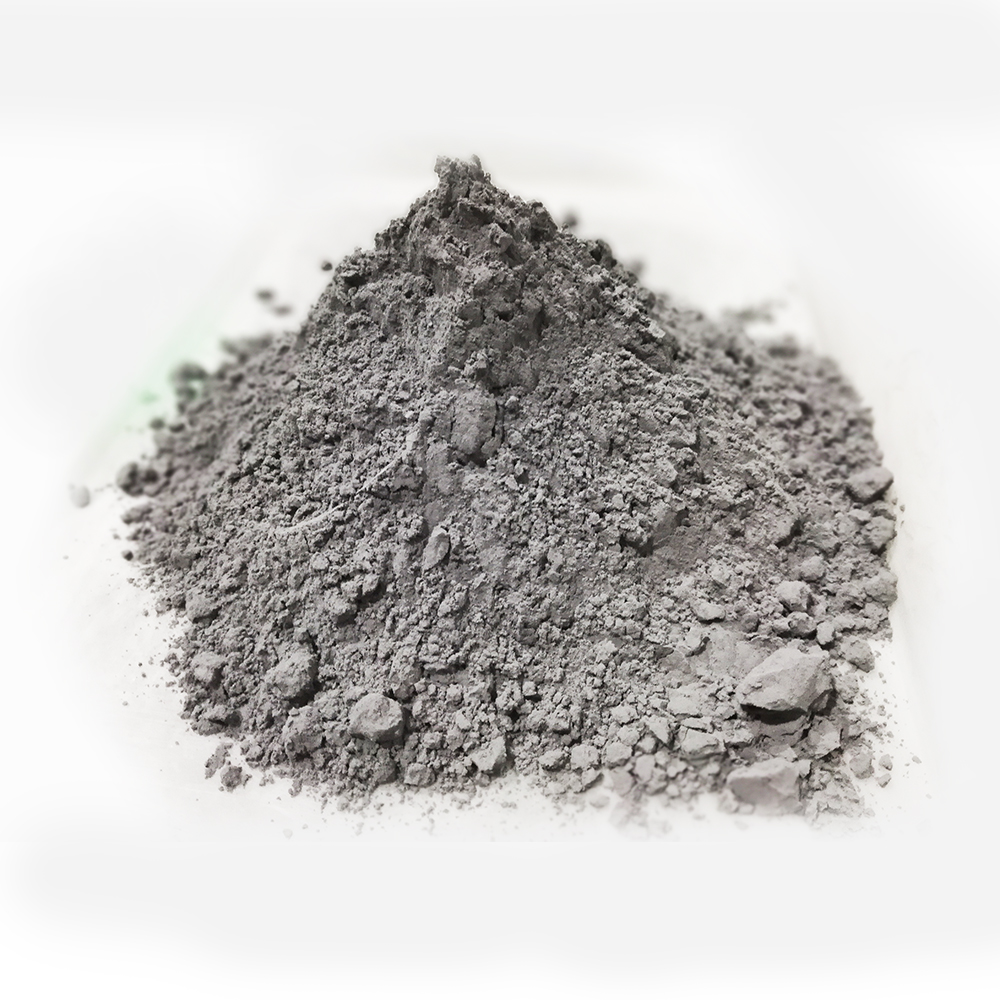
Industry News
Learn more about us through the industry
News
Application of Molybdenum rhenium to the medical industry
- Categories:News
- Author:
- Origin:
- Time of issue:2021-12-07 15:27
- Views:0
(Summary description)Molybdenum rhenium surgical implants are worth looking forward to becoming a new generation of more advanced medical metal materials, mainly due to the following three factors:
Application of Molybdenum rhenium to the medical industry
(Summary description)Molybdenum rhenium surgical implants are worth looking forward to becoming a new generation of more advanced medical metal materials, mainly due to the following three factors:
- Categories:News
- Author:
- Origin:
- Time of issue:2021-12-07 15:27
- Views:0
Molybdenum rhenium surgical implants are worth looking forward to becoming a new generation of more advanced medical metal materials, mainly due to the following three factors:

1. Mechanical properties
Molybdenum rhenium is similar to almost all metal materials, and plastic deformation processing can increase the strength of molybdenum rhenium alloy. However, the particularity of molybdenum-rhenium alloy is that during plastic deformation, the molybdenum-rhenium alloy produces an unusual change during the deformation process, which is called twinning induced plasticity (TWIP). TWIP steel is a kind of second-generation high-strength steel, because it can produce a large number of deformation twins during the deformation process, delay the formation of necking, and has excellent strong plasticity. The molybdenum-rhenium alloy also benefits from this effect. Just as the data in the above-mentioned F3272 standard specification, the molybdenum-rhenium alloy can reach double-digit elongation while the strength exceeds 1300Mpa. In other words, molybdenum-rhenium alloy has high strength and excellent plasticity, which is conducive to processing into various natural forms. In actual clinical applications, for fractures of the skull, mandible, wrist, fingers, pelvis, and ankle joints, surgeons must modify the shape of these implants according to the patient's specific bone structure. This requires metal implants to have very good sculpting capabilities.
At the same time, another factor that affects the use of surgical implants is the fatigue of metal materials. Because surgical implants are usually affected by cyclic loads, most implant fractures are caused by fatigue failure. Compared with existing titanium alloys, molybdenum-rhenium alloy has more obvious advantages in terms of fatigue resistance, which can greatly improve the reliability of implants, reduce the probability of implant fracture, and reduce the risk of long-term use of the product.
2. Physical properties-magnetism
Common metal surgical implants have brought huge challenges to doctors when using magnetic resonance imaging (MRI) technology in the clinic. The strong magnetic field of MRI equipment can put tremendous stress on magnetic materials. Therefore, the implant alloy must be a non-magnetic material in order to eliminate the torque, displacement or heat generated during MRI imaging. Molybdenum rhenium is completely non-magnetic, so there is no problem in this regard. Another potential problem is artifacts or "bright light" in MRI images, which is a magnetic sensitivity effect of the implant. Artifacts can interfere with the interpretation of diagnostic results. Among the three traditional metal implant alloys of stainless steel, cobalt alloy, and titanium alloy, pure titanium implants produce the smallest MRI artifacts, while molybdenum-rhenium alloy materials have lower magnetic sensitivity and produce MRI artifacts. The shadow is smaller than pure titanium, so it has a great advantage in clinical replacement.
3. Biocompatibility
As a "bottom line" requirement for surgical implants, the non-toxicity and biocompatibility of Molybdenum rhenium is beyond doubt. Molybdenum rhenium has passed all "ISO 10993 Biological Evaluation of Medical Devices" tests and other related tests. Taking osteoconductivity as an example, studies have shown that the Molybdenum rhenium test nail is implanted into the femur of an animal. The results found that after 4, 13 and 26 weeks of implantation, Molybdenum rhenium and TC4 medical titanium alloy have similar bones. Conductivity.
In general, the large-scale application of Molybdenum rhenium surgical implants is worth looking forward to! At the same time, it is also worth investing money and time in research and development. Through a more advanced Molybdenum rhenium surgical implant, it will bring better Clinical experience, benefit patients, improve medical technology, change the world!
Scan the QR code to read on your phone
Top dynamic rankings










Scan the QR code and follow the official account
Products
Precious metal functional materials
High-quality optoelectronic materials/high-purity targets
Refractory metals and their alloys
Special alloy/special steel
Spherical | Nano powder
Biomedical/3D printing products
Compound
Rare metals and their alloys
Rare metals and their alloysRare Metal Concept Cultural/Art/Collectible
Nuclear energy Nuclear power Nuclear industry
High temperature heat container
Microelectronics industry Chip thermal sink
Semiconductor equipment MOCVD thermal field
High efficiency & long life Wire for wire cutting
Medical equipment Medical instruments
Artificial bone joint Bioimplantation
Rare metal cultural & creative art collection Precious metal
Plasma|Special Welding Electrode
Ultra Minor Metals Ltd (UMM) all rights reserved 湘ICP备17001881号 by:www.300.cnchangsha



